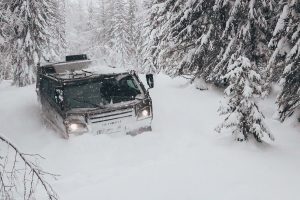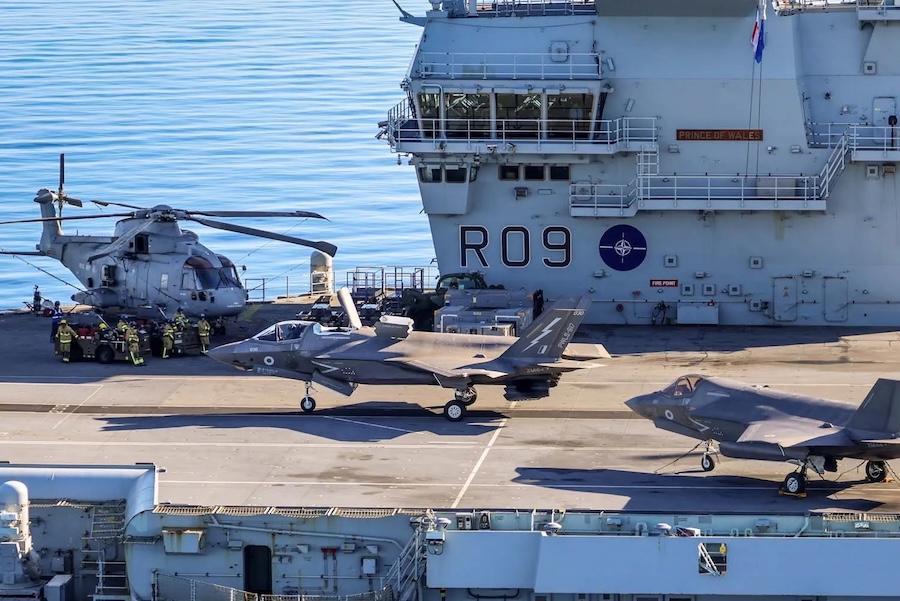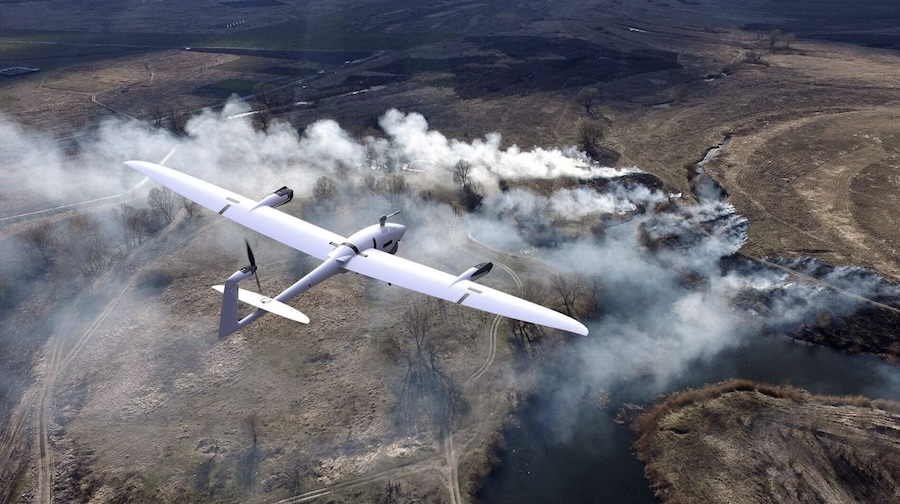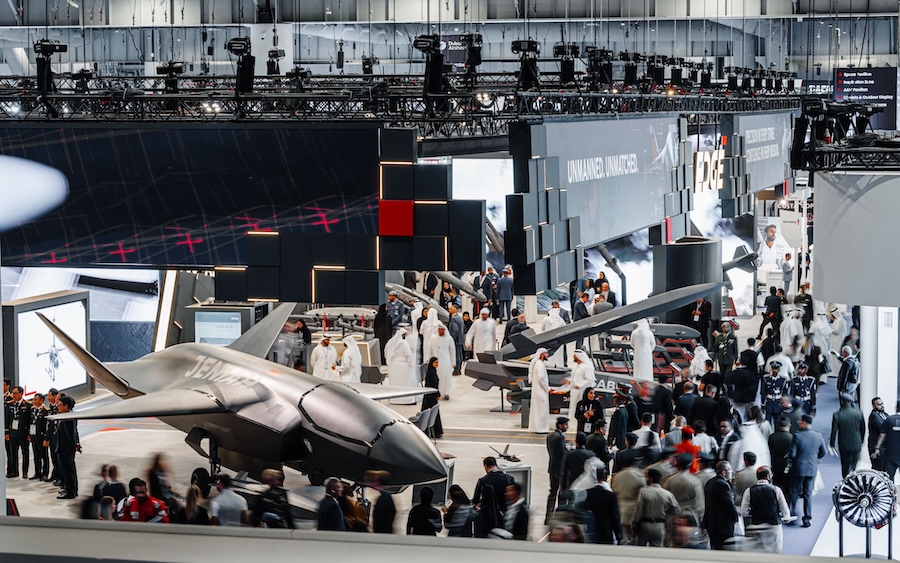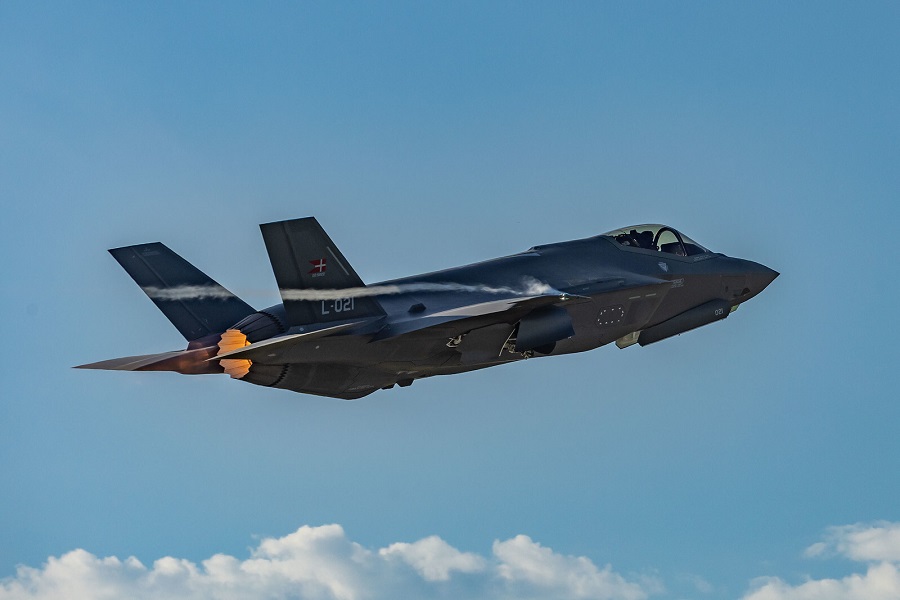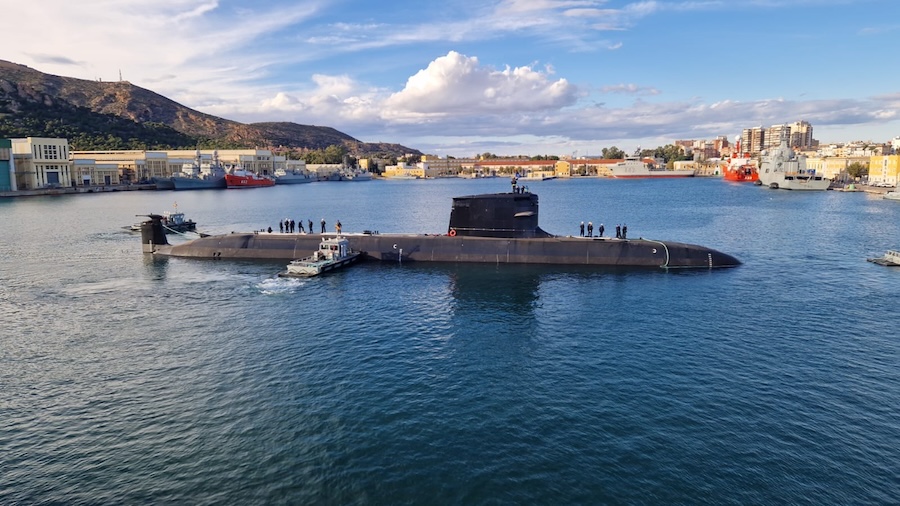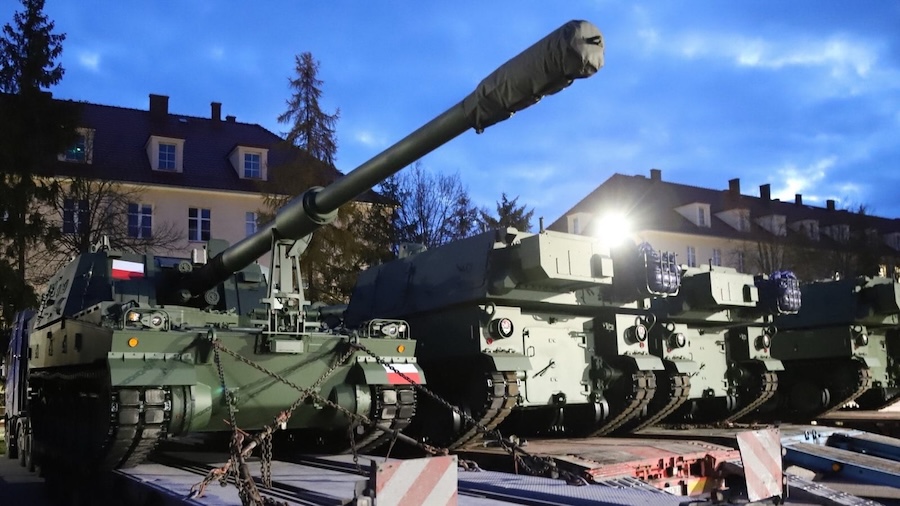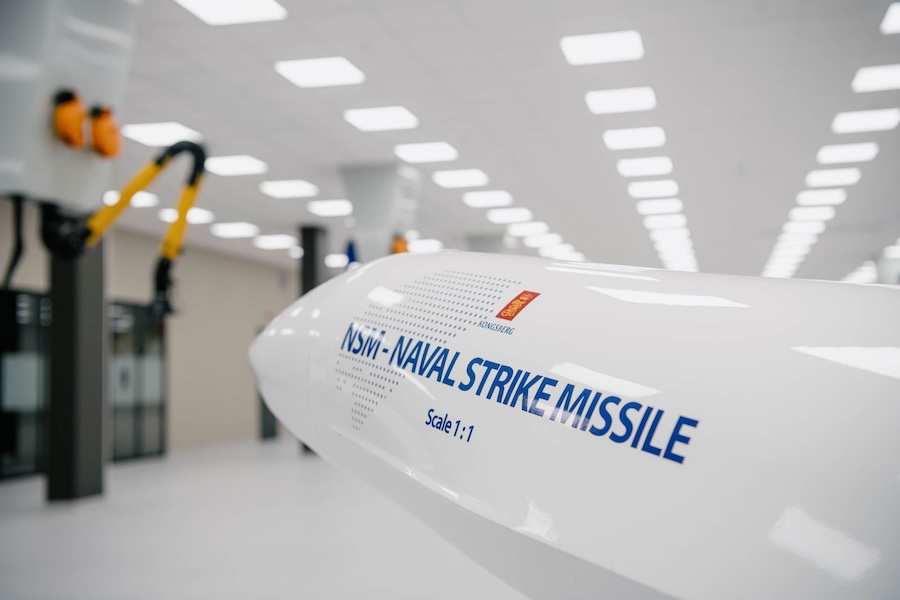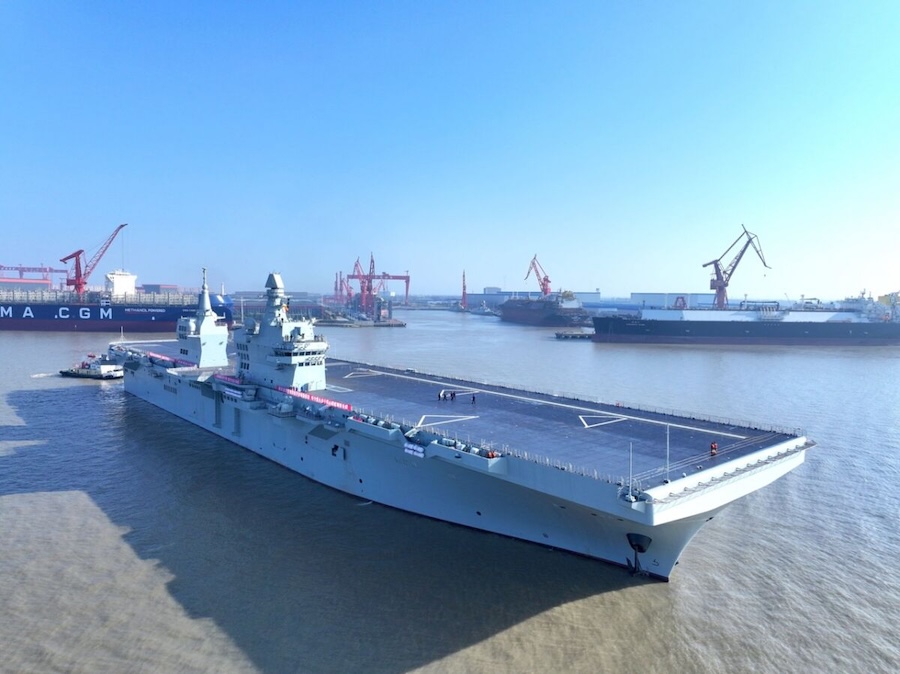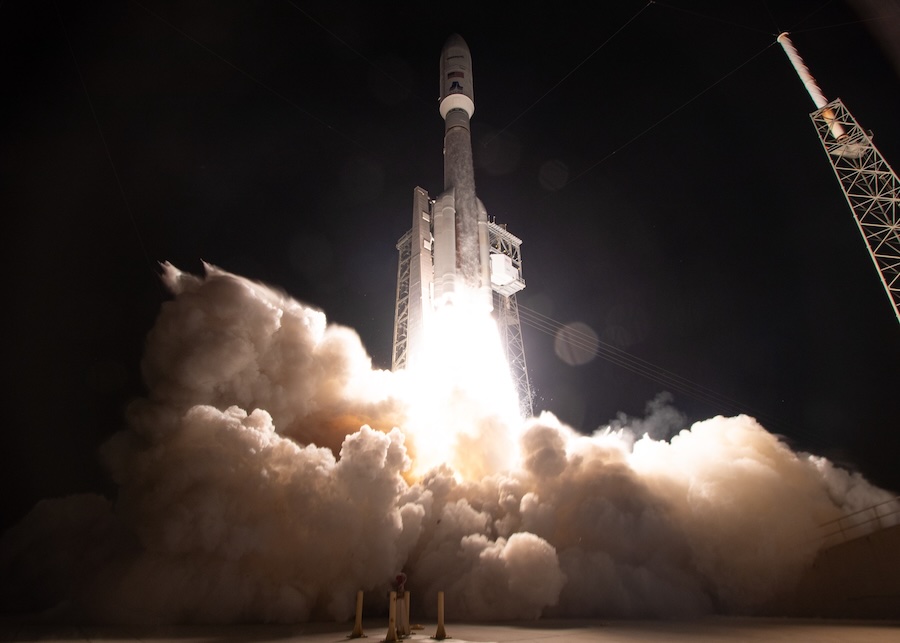Among its many testing projects, ARTC has assessed the mobility and durability of military platforms such as the Stryker combat vehicle and the M109A7 Paladin self-propelled howitzer. These tests are conducted at the Mobility Test Complex, a facility that also welcomes private industry customers for commercial automotive testing.
When military testing demand is low, ARTC utilises commercial contracts to sustain its testing capabilities and maintain its advanced equipment. This arrangement ensures that staff expertise is preserved and that essential test track infrastructure remains in peak condition.
“Our commercial workload allows us to stay on the cutting edge of automotive testing,” said Jeff Lipscomb, ARTC’s technical director. “It also prevents us from scrambling when a military test arrives, as our teams remain skilled and our equipment remains ready.”
ARTC’s testing facility includes a 3.2-mile paved oval track, a large ice pad, and a lateral acceleration pad used for snow and ice traction testing. The centre’s specialised snow-making and track-grooming equipment is unique within the Department of Defense and remains operational year-round, reducing long-term maintenance costs.
The facility provides steep inclines ranging from 5% to 60%, significantly more extreme than the typical 6% grades found on U.S. highways. Military and commercial users also benefit from interior cross-country trails and long-range outdoor test routes.
At full capacity, the test track can accommodate up to 35 vehicles, though the usual number ranges between 20 and 25. Military testing takes priority, but ARTC has maintained a seamless scheduling system for more than 20 years, ensuring no conflicts between military and private sector projects.
Importantly, no taxpayer money is used for commercial testing at ARTC. “Private companies pay for everything they use here,” Lipscomb confirmed. “We make sure we are meeting their requirements while maintaining a clear separation from government funding.”
Automotive manufacturers frequently use the facility, often conducting highly classified tests on prototypes or new technologies. ARTC provides strict security, including the use of mobile screens to shield sensitive projects from competitors, ensuring a confidential testing environment.
“Security is one of the main reasons commercial companies choose to test here,” said Russel Hollembaek, the test track manager. “Our security measures are much stricter than what they usually deal with elsewhere.”
Despite Alaska’s extreme winters, the track was built to resist frost heaves, which can damage road surfaces by thawing permafrost beneath them. This careful construction ensures the long-term viability of the test site, which remains a critical asset for both military and commercial automotive research.









